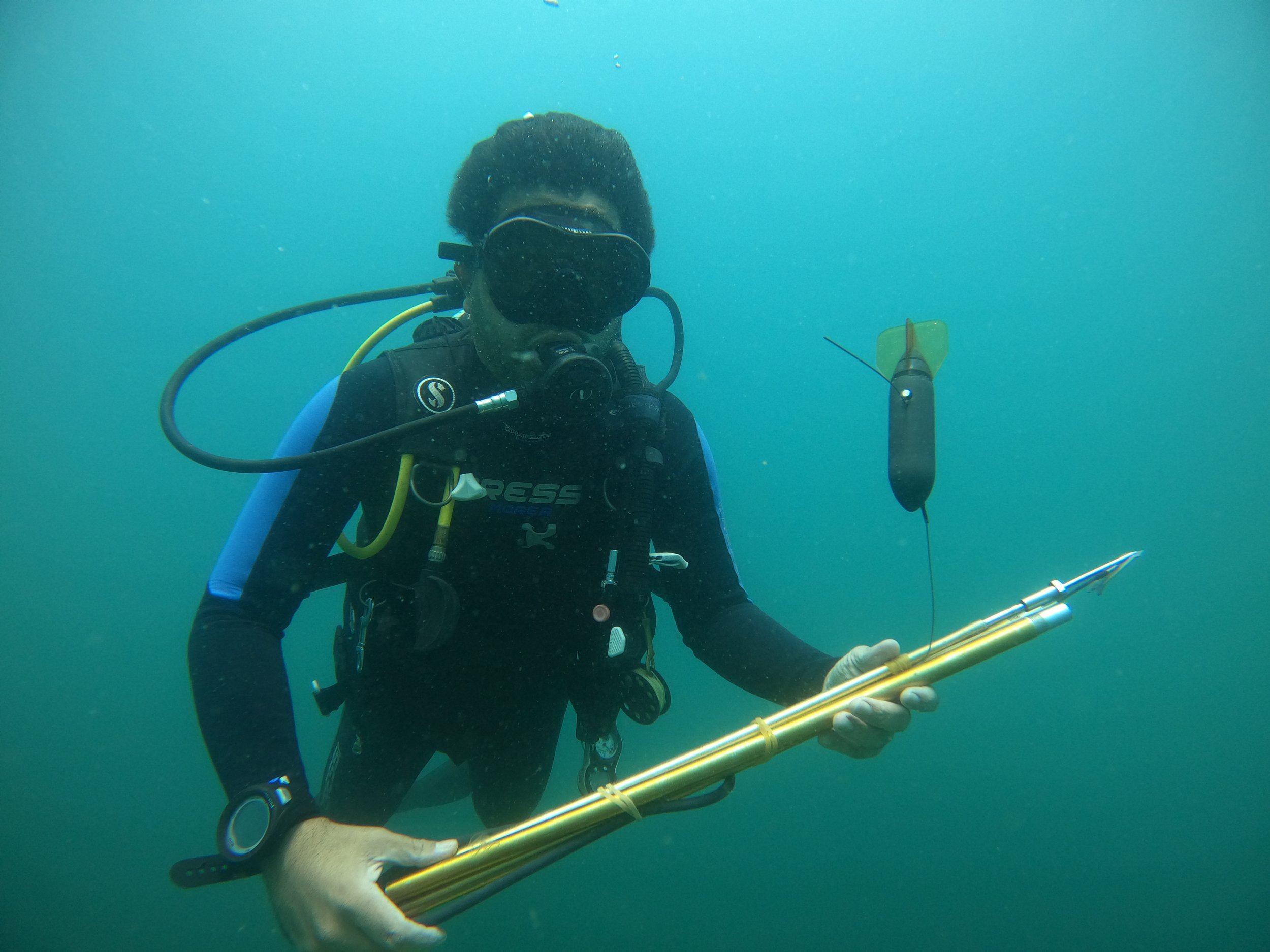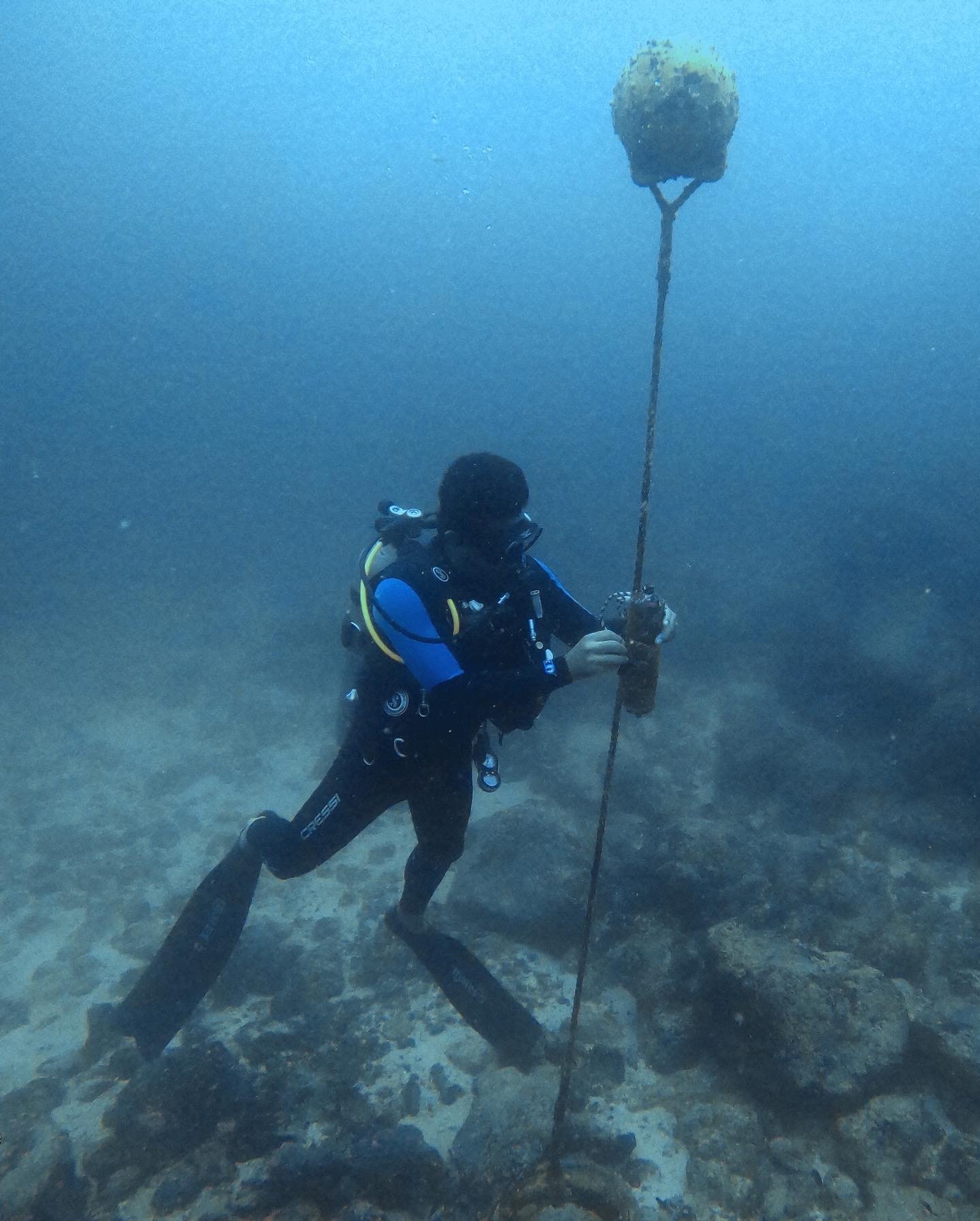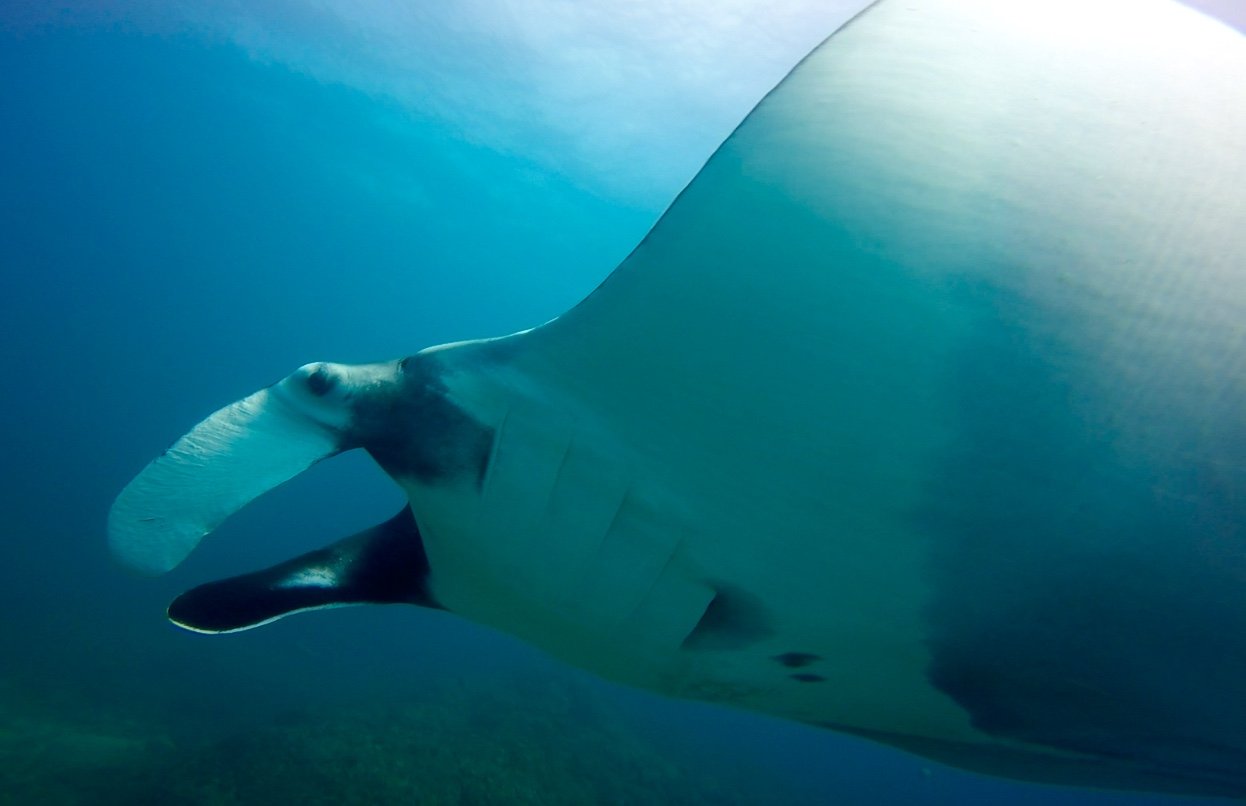
PROJECT OVERVIEW
Mantas Costa Rica aims to identify the abundance of manta rays (Mobula birostris), highlight the temporal and spatial distribution, as well as migratory patterns of manta rays and analyse manta ray ecology and population structure in Costa Rica. The project is located along the entire Pacific coast of Costa Rica, with a specific focus on the Reserva Natural Absoluta Cabo Blanco (RNACB). Our proposed methodology consists of acoustic telemetry, photo identification, underwater video’s and tissue samples.
PROJECT GOAL
The overall goal of the project is to create results which will help to implement marine policies and protect manta rays in Costa Rica. Results from both the acoustic telemetry and photo IDs will highlight areas of high abundance of manta rays and therefore help to suggest future protected areas. Data will show the spatial distribution and movements of manta rays within Costa Rica and potentially identify international migration corridors. In addition, we aim to educate the local community and scuba divers about manta rays through teaching PADI manta ray awareness courses and by continuing to run education programs in local schools and fishermen communities with a focus on the conservation of endangered species.
Main Objectives
To achieve our goal, Mantas Costa Rica is working to meet the following objectives:
(1) Evaluate the abundance and spatial distribution of manta rays through acoustic telemetry. Iguana Divers and CREMA share acoustic telemetry data with the international MigraMar network which seeks the protection of all migratory species in the Eastern Pacific Ocean.
2) We will also use photo identification (ID) to provide information on manta ray ecology, population structure, behaviour and location at a global level. The photo ID data will be submitted by citizen scientist’s scuba diving with Iguana Divers and then uploaded to Manta Trust.
3) Collect tissue samples to compare manta ray DNA between populations within Costa Rica and globally.
4) Generate even more insight into the movements of manta rays through satellite telemetry. The combination of low-and high-technological tools used in this project to collect data will help us to produce an accurate distribution map for manta rays in Costa Rica.
5) Publish the results in peer reviewed scientific journals.
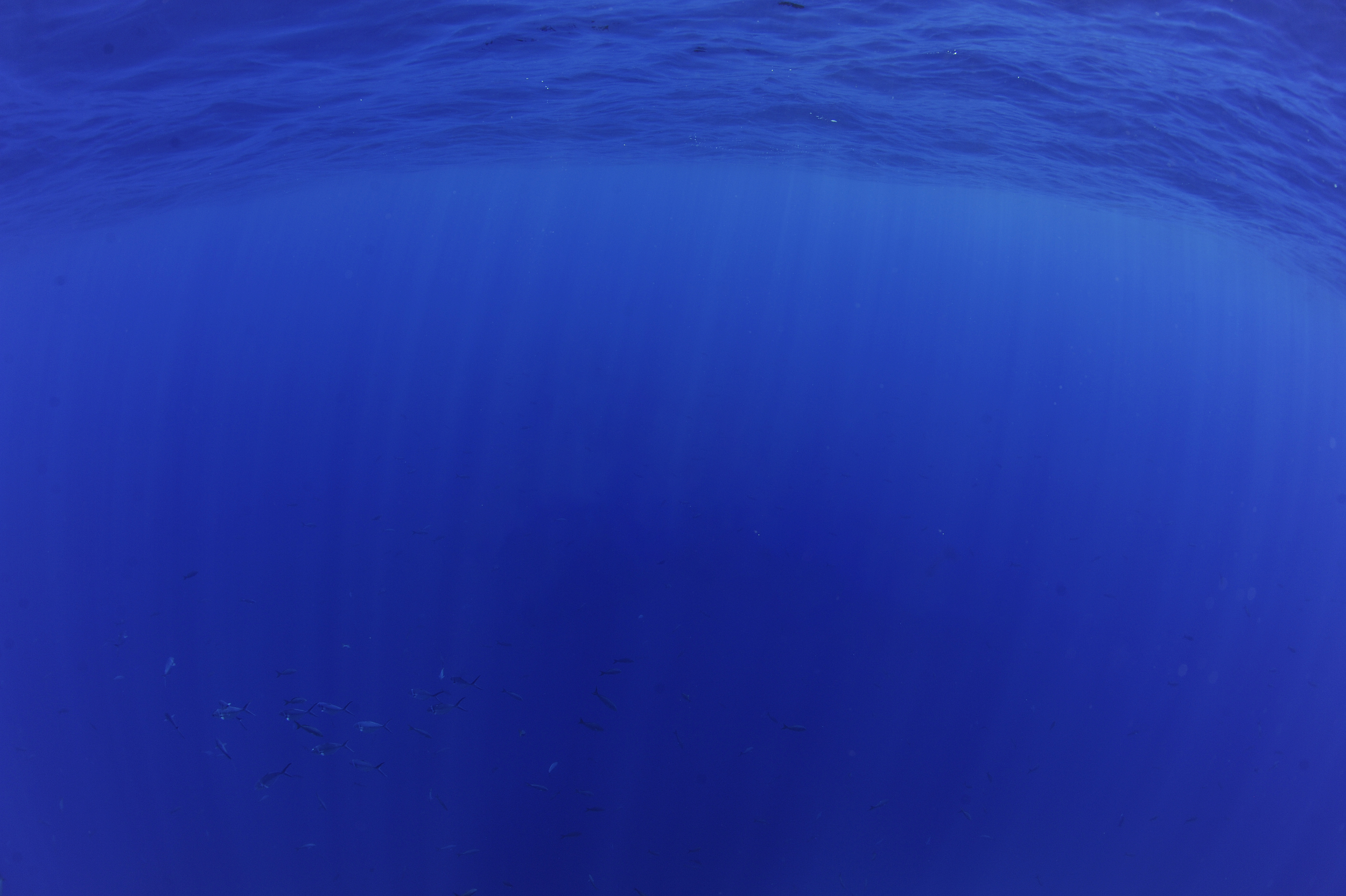
Project Leader - Jeffry Madrigal, CREMA
Co-principal researcher. BSc in Marine Biology, National University of Costa Rica. Responsible for all aspects of field research, analysis and project delivery.
The project ‘Mantas Costa Rica’ was established by Iguana Divers and the Centro de Rescate de Especies Marinas Amenazadas (CREMA) to research mantas rays nationally. Additional staff members of Iguana Divers and CREMA are involved in the project and provide important data. All scientific permits used for our project have been approved by Sistema Nacional de Areas de Conservacion (SINAC).
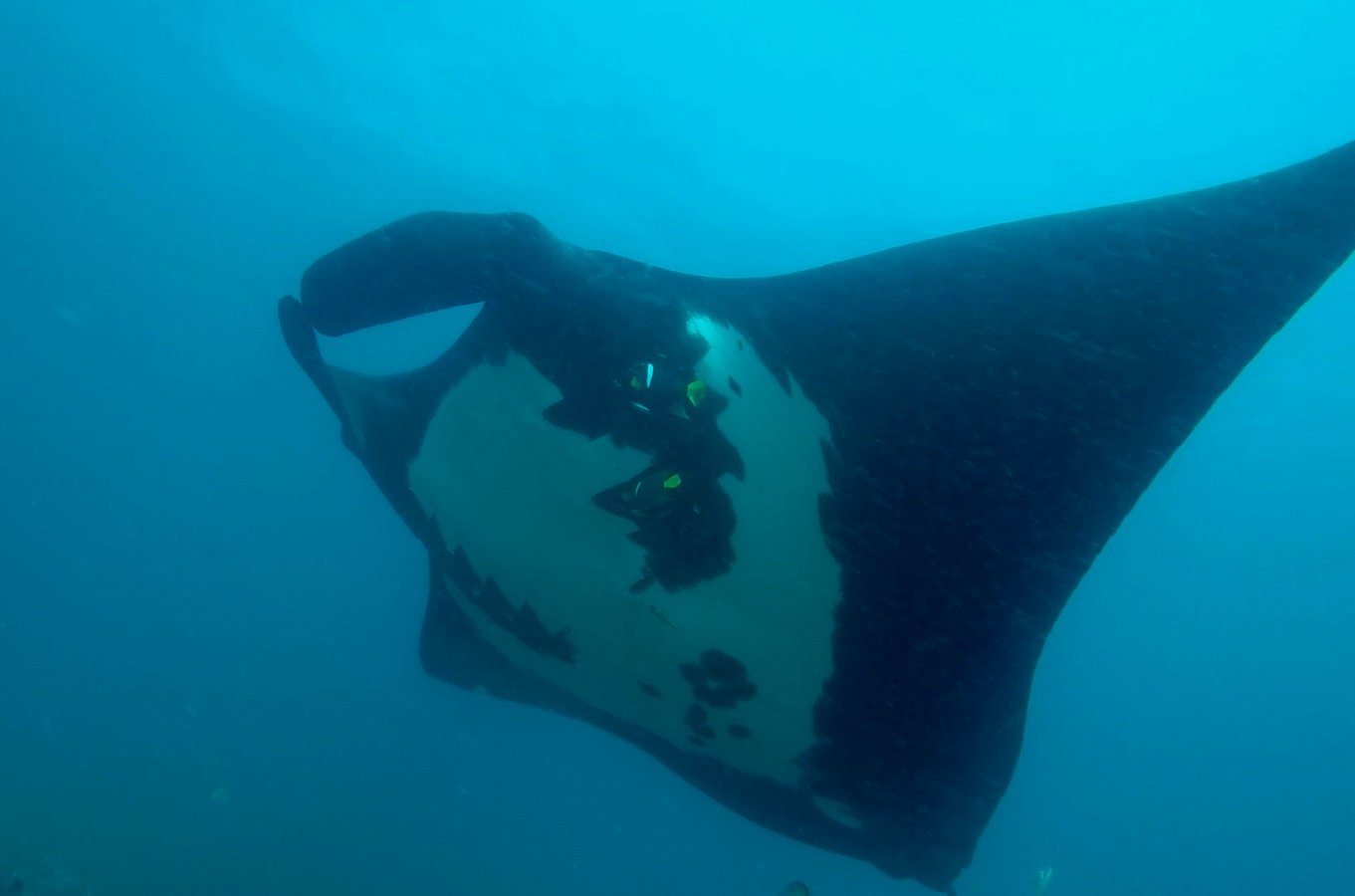
Key Achievements
Database of over 120 manta rays identified in Costa Rica.
First scientists in Costa Rica to deploy satellite tags on manta rays.
Photos from the field





